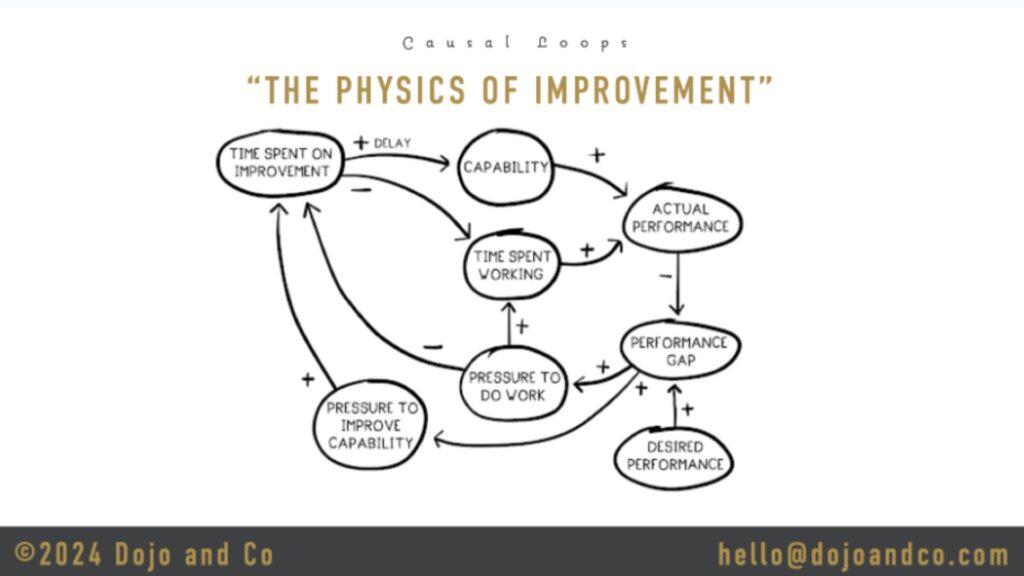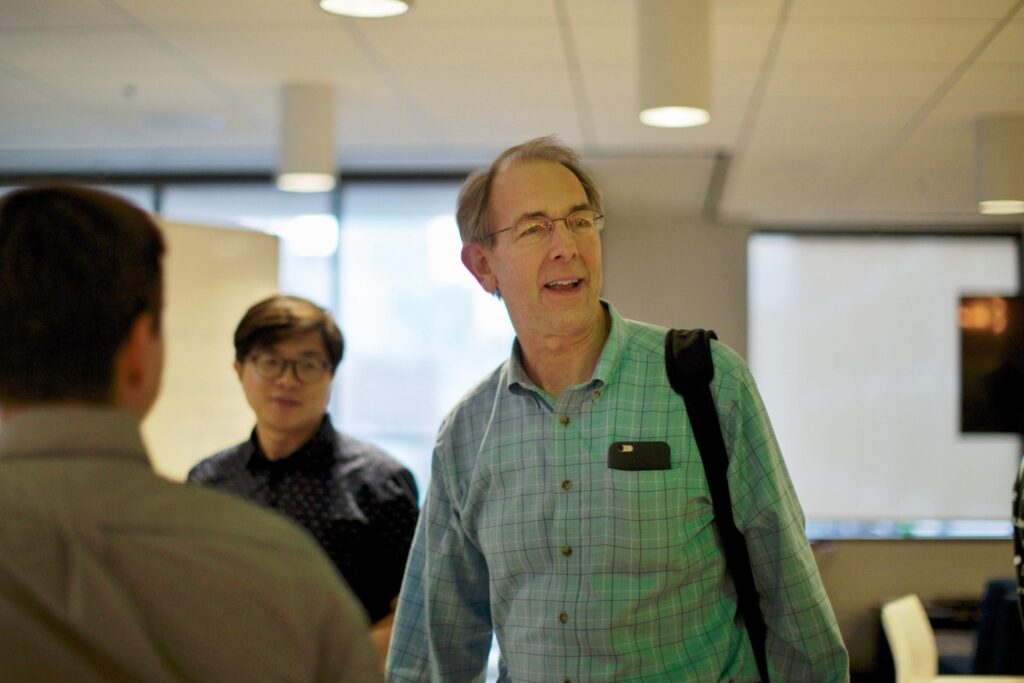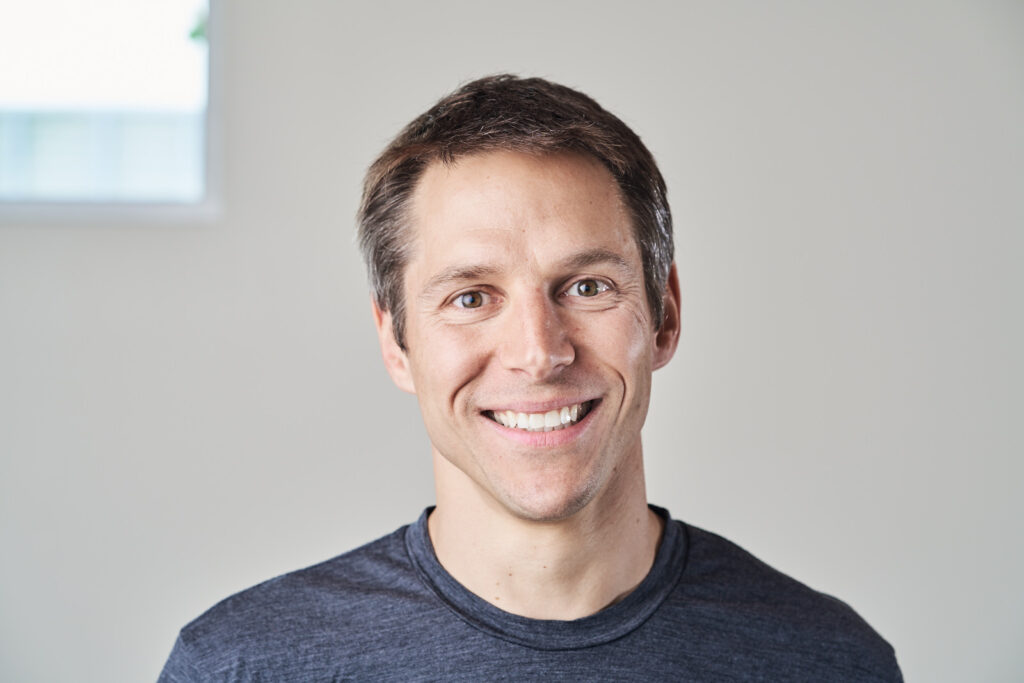In his over 34 years on the job, Chris Shaffer (Director of Engineering Learning & Insights) has been a part of many changes within Microsoft. We recently invited him to TechKnowCon‘s Leader Spotlight Series to hear about his inspiring career. He went over his history at the company, how he started as an engineer, and how a chance opportunity led him to find his passion for engineering excellence and learning.
Call to adventure
In 1989, Chris started as a software development engineer in test. He was the person that did all the testing on the software development kit for Windows 3.0. After a few years, he wanted a change. There was an opening on the Application Frameworks team, so he decided to interview.
Though he was offered the job, he didn’t know he was interviewing for a manager position. He didn’t want to be a manager. It was a hard sell, but after giving him the option to try it for six months, he took the job and learned something he didn’t expect.
“When things don’t go as you expect them to go, they often end up being some of the most amazing and transformational parts of your journey. That’s been my case, and it never feels that way at the time.”
-Chris Shaffer, Microsoft
He started to discover his passion, even though, as he put it, he was “tricked into being a manager” and didn’t have the complete picture yet. That passion was fundamentally people and helping them succeed. Working on the team, he built his brand without even knowing it. Over time Chris was asked to lead teams that weren’t struggling, and by giving them some care they turned around..
“I ended up getting the brand as the guy who fixed broken teams.”
– Chris Shaffer, Microsoft
Eventually, the organization decided that their senior leaders should be the most technical people, and Chris was asked to find another job in the company. Looking back, this ended up being a good “kick” in the pants. He landed in the engineering excellence organization and things were going great. Then the 2014 layoffs came and he was given 60 days to find another role at the company. So he took up a new position at Microsoft, but it wasn’t a great fit. But, 2 years later, he was invited to build a team from scratch to reboot the learning effort for engineers, and he finally landed his dream job.
Learning and its challenges
It took Chris over two decades into his career to fully identify his passion. During that time, he gravitated toward engineering excellence and picked up bits and pieces that greatly expanded his brand beyond just the broken-team fixer.
“My passion is to create environments where people and teams are empowered to learn, grow, and realize their full potential.“
– Chris Shaffer, Microsoft
One of his goals is to help accelerate this process for early career folks so they can identify their passions early and intentionally pursue them. Here are some things he has learned that help him do that.
The struggle is part of the process
When Chris began his dream job as the Director of Engineering learning across Microsoft, there were some growing pains. Teams were still using short-term thinking. There were features to ship and bugs to fix, and he was part of a brand-new team that people mostly ignored.
“What I discovered is that engineers and engineering leaders ignore anything new for about two years.”
The teams didn’t trust that the new initiative would stick around. They had seen new things come and go, so they didn’t give the changes any attention because they were too distracting.
“Almost two years to the day, all of a sudden, people started listening and paying attention to us.”
Christ Shaffer
The tipping point
The key to getting the attention of engineering leaders was in the data and the insights that could be gleaned from it. It doesn’t matter how convincing or devoted you are — if you can’t back it up with real data, and even better data specific to their own team, they won’t really believe it. It won’t get their attention. General examples won’t cut it.
At this point, he had a large enough audience. He began to build adoption in engineering teams. When leaders saw what the results of his insights could do, they went from wanting him to fix things to wanting to learn how to create an environment where employees could thrive.
The pandemic also had an interesting effect that helped in his effort. Chris thinks it was because more people were focused on personal wellness and were more willing to learn and support learning as part of that.
Transformation
At that point, the leaders were ready to lean in and help him build a learning culture. They wanted to work with him to build an organization that constantly learns and grows.
Time was not the answer. Often, leaders don’t think there is enough time for learning. But the solution is not making more time, but changing a leader’s mindset about learning. If engineers are given the right environment, a culture of learning, they will learn, grow, and thrive in everything they do, every day, all day long.
The future
Chris is excited about tech and engineering enablement for others. This makes data and insights the center of what Chris does to ensure excellence at Microsoft because it is a process that never ends.
By giving the leaders at Microsoft data-driven stories in a language they understand, he empowers the edges of the organization. This works well in the Microsoft matrix organizational structure, allowing innovation to spread more quickly. As leaders come to understand that training is an activity but learning an outcome, their mindset about learning shifts and affects everyone in the organization.







